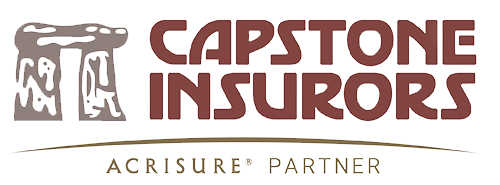The process of erecting a new building involves thousands of big and small decisions. These range from where to build, the building's size and shape, materials, appearance, windows, heating and cooling systems, and so on. All of these decisions affect the quality of the finished building, the amount of maintenance it will need in the future, the cost of using it, its appeal to prospective tenants, and its ultimate market value. Design decisions also have a major influence on another area that may not be readily apparent to the planners: The safety of the people performing the construction work. Safety professionals can often trace the causes of construction accidents back to the way the planners designed the structure. Therefore, it is critical that contractors have involvement in the discussions about building design.
Many individuals play roles in the design process, including:
* The project's owner, who decides whether to erect a new building, how the company will use it, what the budget is and what the timeline for construction will be. The owner chooses the location after securing any required governmental approvals and possibly buying land; the location decision by itself may influence job site safety. An urban location will have less space for erecting platforms and operating equipment than will a suburban or rural location.
* Architects and engineers, who take the owner's concept and turn it into detailed plans for the new building. They will design the building around the owner's priorities, and those priorities may affect safety. For example, the owner may want an energy-efficient building that emphasizes natural light rather than electric lights, so the architects may include skylights in the design. The resulting holes in the roof increase the risk of falls.
* The general contractor, who will select subcontractors, materials and suppliers, and manage the project. The GC's staff can advise the owner, architects and engineers on the safety implications of some of the design decisions, such as how access to the site affects the placement and stability of equipment.
Several design considerations affect the safety of a project, including:
* The building's structure. The structural material (steel, wood, concrete, brick) will have safety implications beyond its suitability for the particular building. Steel beams and bricks can strike workers, crush fingers, and cause back injuries when workers attempt to lift them. Exposure to concrete can injure a worker's skin, and the dust can cause respiratory and eye problems. Wood creates similar problems with dust, and workers can seriously injure themselves using power saws, drills and other woodworking tools.
* Paints, varnishes and other coverings. Fumes from these substances can make workers ill; prolonged skin contact with them may cause burns.
* Sub-grade levels, such as basements and underground parking garages. The sides of excavations can collapse on top of workers.
* Whether certain components can be fabricated prior to installation in the building. This reduces the length of time workers are exposed to the installation hazards.
Because owners, architects and engineers have the creation of a quality building within budget as their primary concern, contractors may have to raise their awareness of safety issues. Having the contractors involved in the design phase will allow for addressing potential safety issues before they occur, saving time and money for the owners and preventing painful injuries to workers. Also, the contractors will be aware in advance of those hazards that the design could not eliminate, so they can identify the safeguards they will need to have in place on the job. Even the best designs will present dangers to workers, but effective communications between all the players in the project should minimize the hazards.
